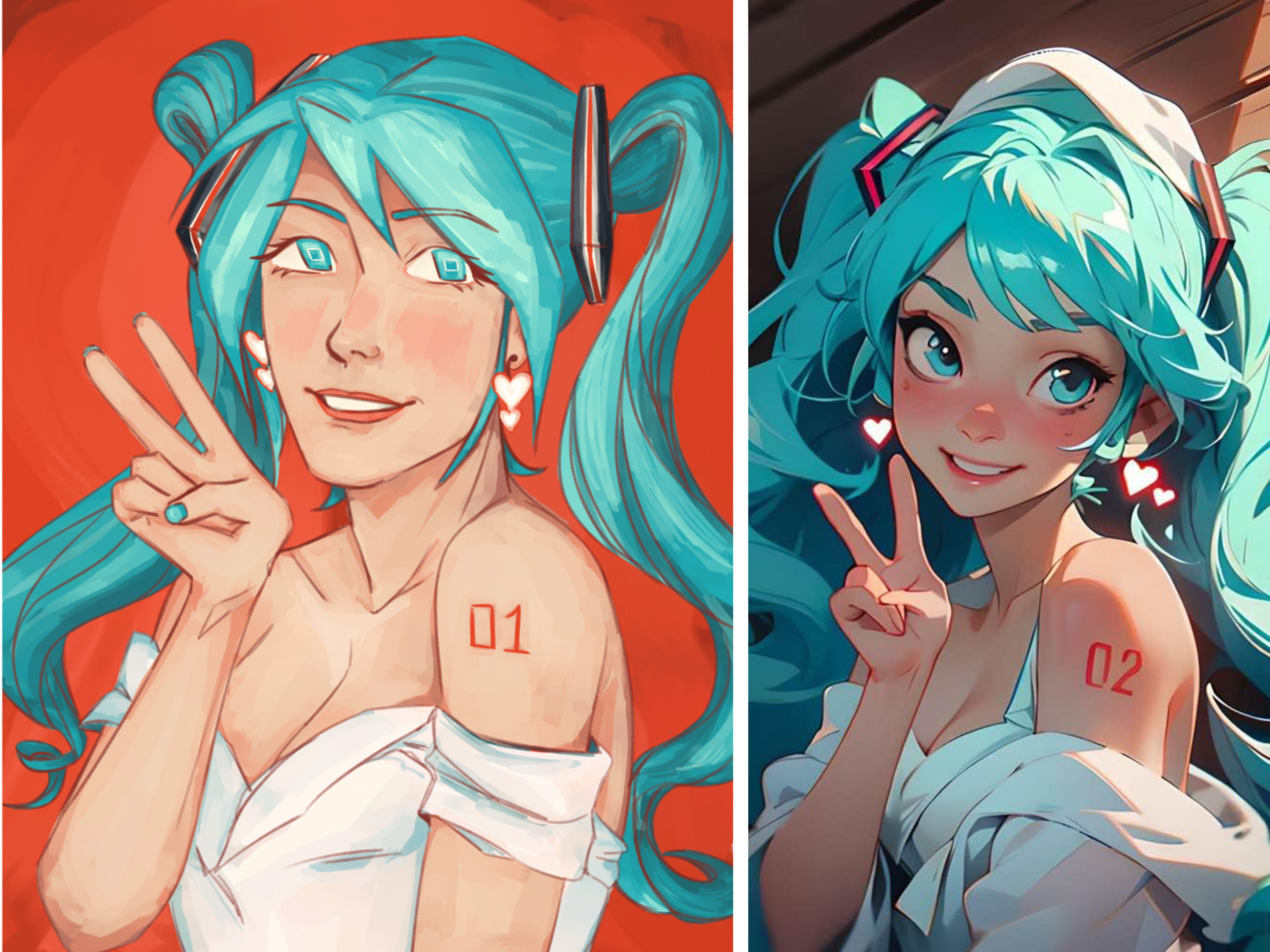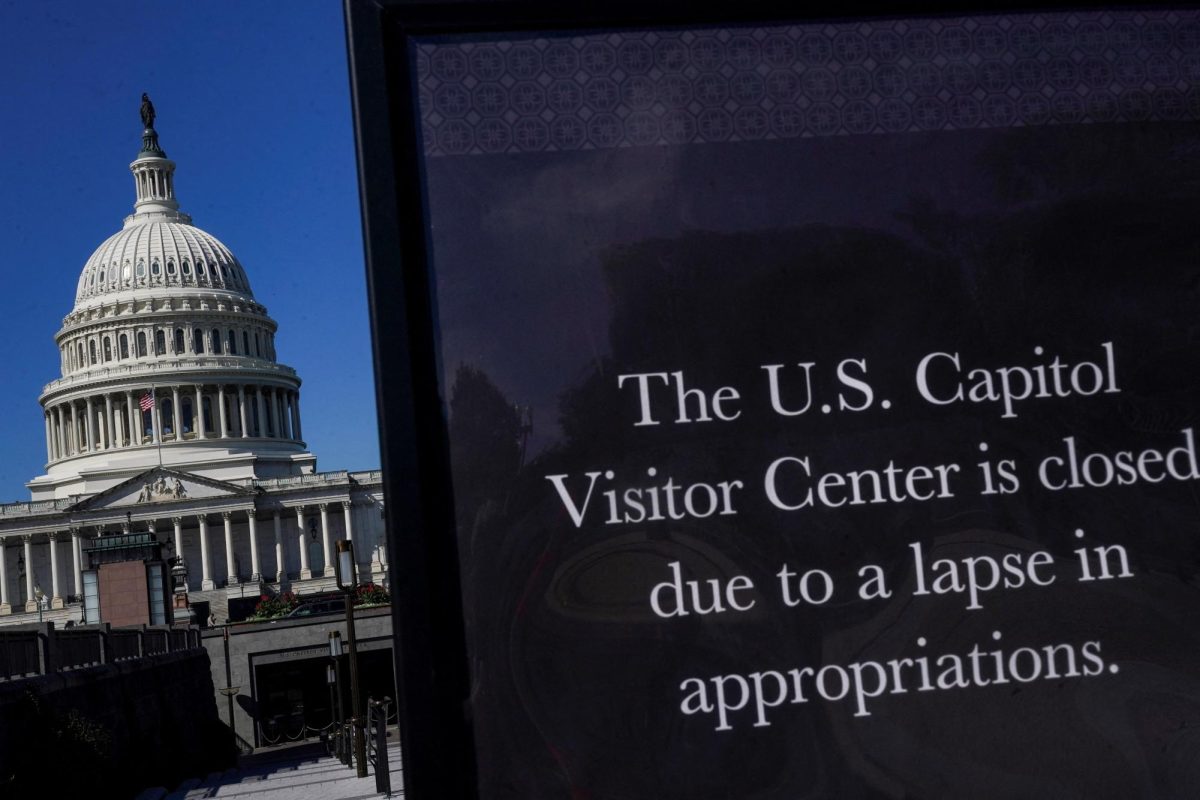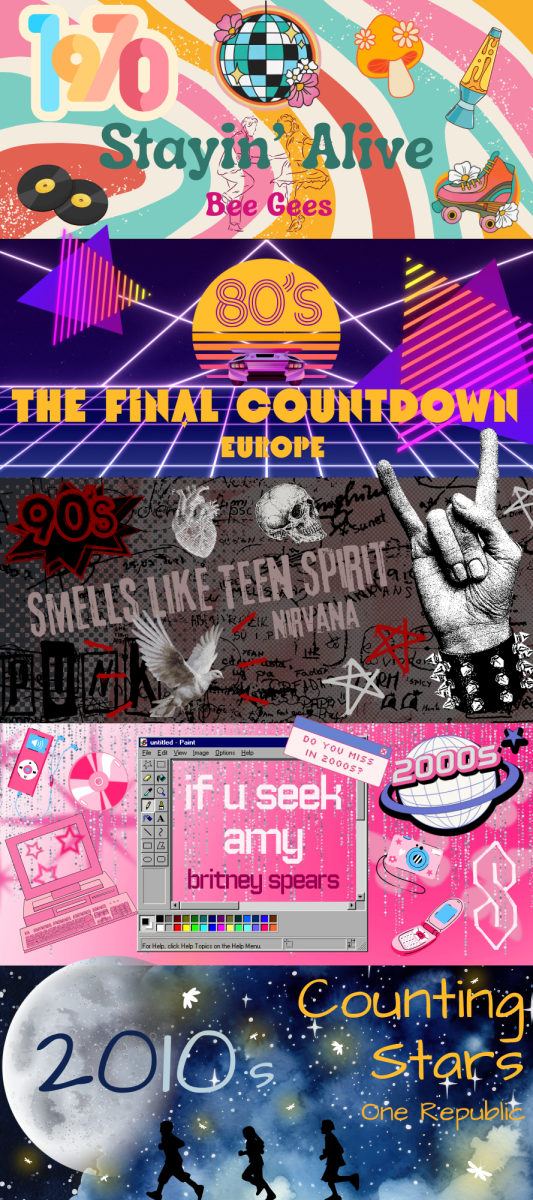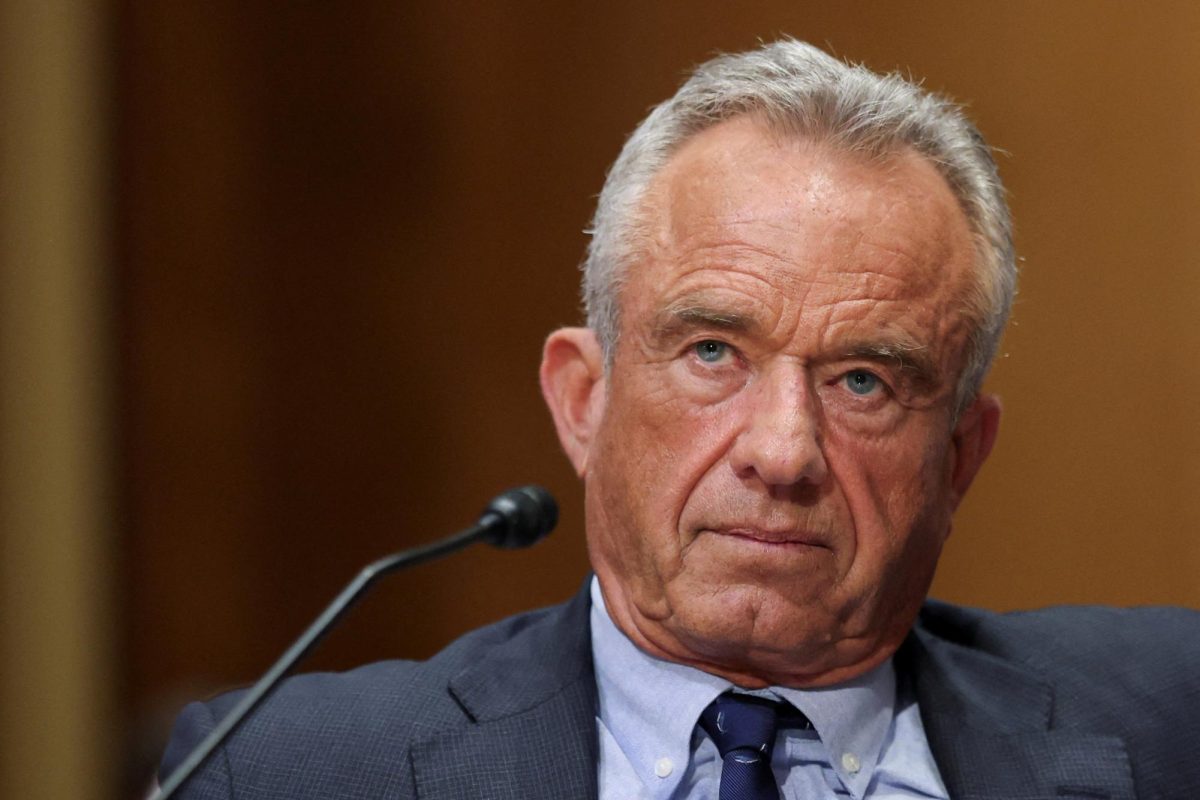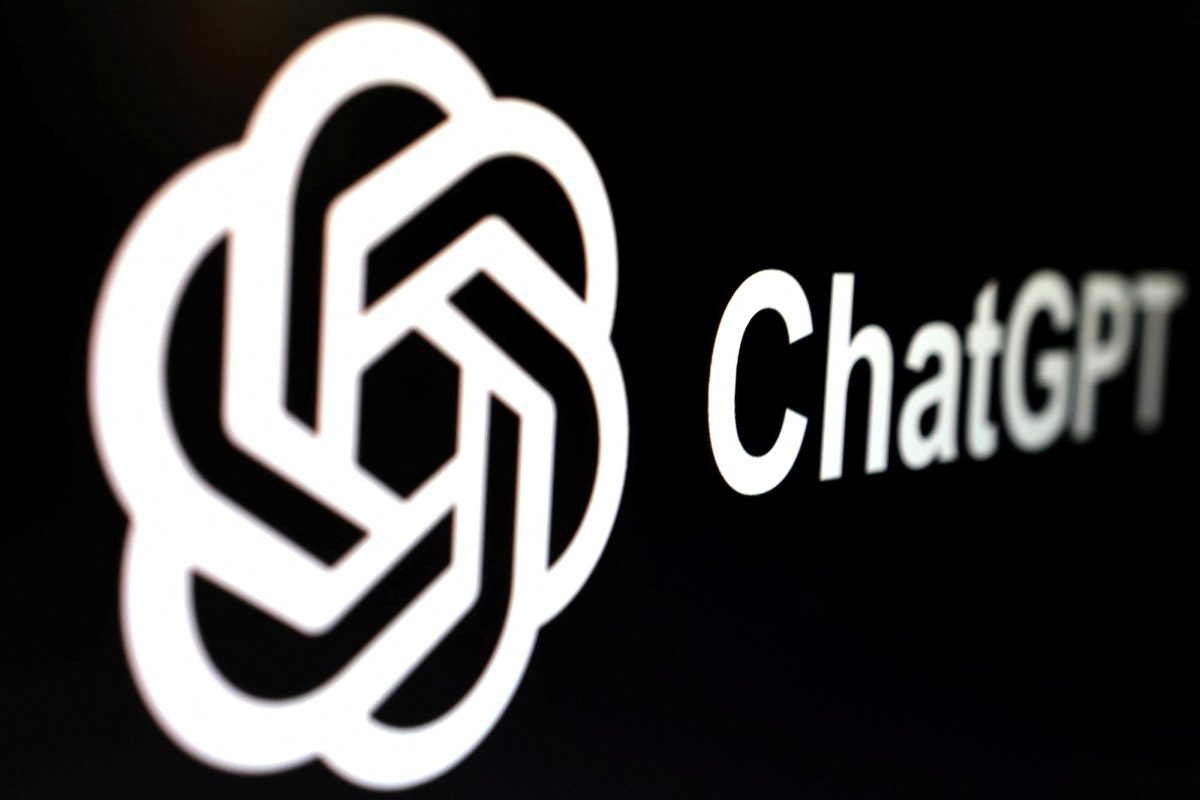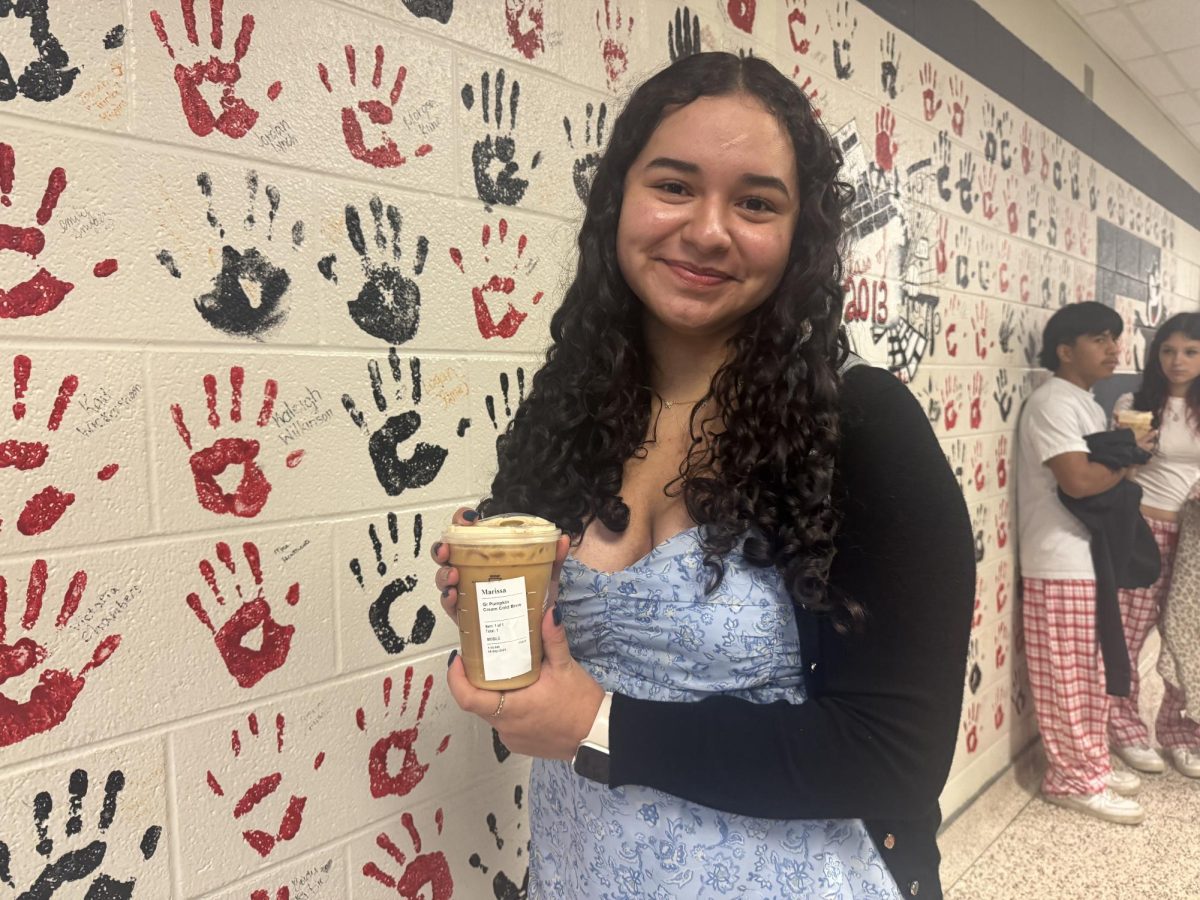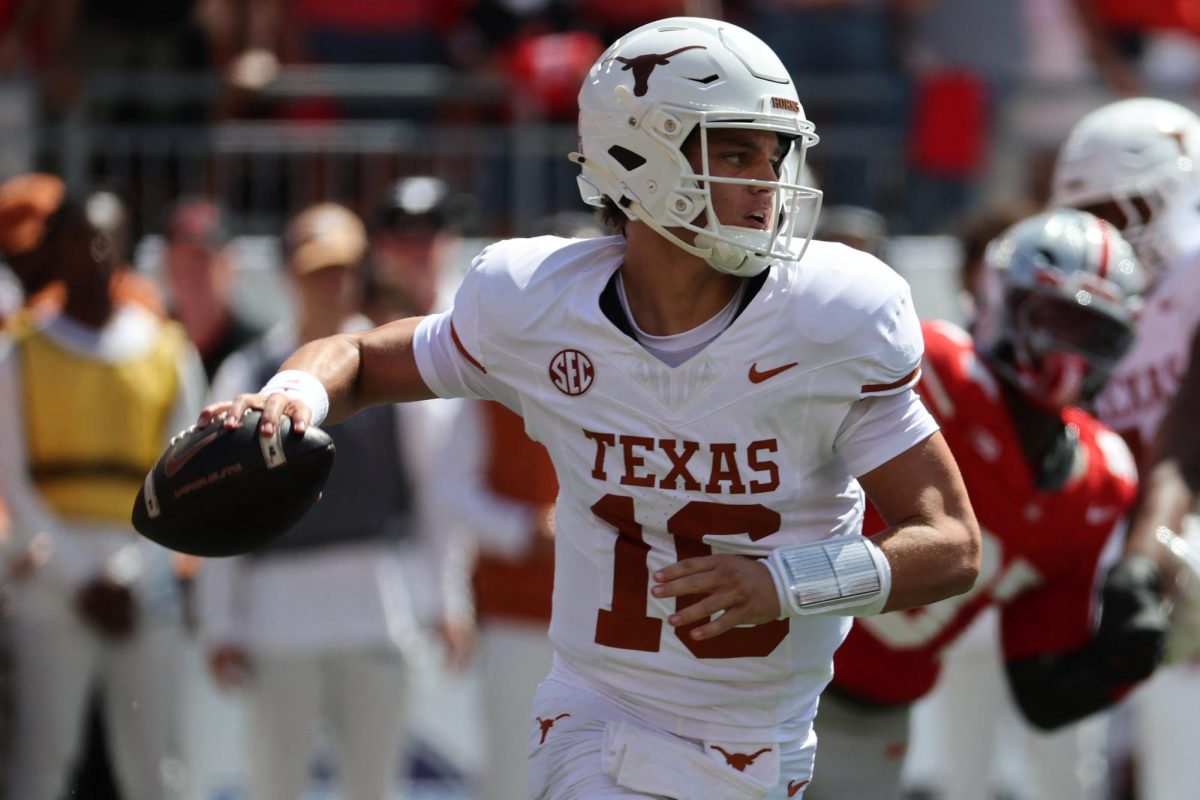AI in art is a very controversial subject. Many people support the use of AI, while many others do not. Whether or not you’re in support of it, AI is now very prominent online, with programs like ChatGPT, as well as in websites such as X (formerly Twitter) and Instagram where they encourage the use of AI art and AI chatbots. But is AI really the move?
“Art can be many things,” art teacher Brian Hole said. “For me, it’s an endeavor to express the human condition, our feelings, perceptions and thoughts. [AI] can be art if people choose it to be art, but it’s not often authentic, genuine or original on its own.”
As an artist myself, I’m not very fond of the usage of AI to create art. Growing up, in art classes I’ve always been told that art is a human-made expression. AI art is a direct contradiction of that definition: AI is generated by computers.
The way I see it, my art is about the journey. I do like admiring the end product, but the most important part is actually drawing and putting in the work. It takes time, of course, but the longer the work, the more it pays off. AI art doesn’t have that journey. You type in a couple words to a generator and it creates a picture that doesn’t really mean anything. Yes, art takes a long time to master. There will always be more to learn. But you should be willing to take time to learn and improve.
Art teacher Obadiah Jones is conflicted on the subject.
“I think AI art kind of does [qualify as real art],” Jones said. “But it doesn’t have the creative output, it’s just more like a tool. So it’s just kind of a weird grey area, I feel like.”
Sophomore Jaylen Frazier brings up an excellent point about AI “stealing” art from other people. In order to train AI, you need to present a series of images that you wish for it to channel in its own generated photos. The images given to the AI are often taken from artists online without permission. This is copyright infringement as well, as in the US, copyright laws are in place to protect creative works. Feeding these images to AI without permission can warrant a lawsuit.
“Art in itself is a reflection of the artist,” Frazier said. “AI doesn’t have a reflection it can give into art. Even then, it’s stealing from other people’s reflections, so it’s like a shattered mirror if anything. I do think it can be useful in some cases, but I don’t think [AI] should just make the drawing itself.”
But whether or not AI can make ‘real’ art or if it’s stealing aren’t the only concerns. AI as a whole can have a terrible environmental impact. “According to OpenAI researchers, since 2012, the amount of computing power required to train cutting-edge AI models has doubled every 3.4 months,” according to earth.org.
“By 2040, it is expected that the emissions from the Information and Communications Technology (ICT) industry as a whole will reach 14% of the global emissions […] training can produce 626,000 pounds of carbon dioxide or the equivalent of around 300 round-trip flights between New York and San Francisco — nearly 5 times the lifetime emissions of the average car.”
In short, it takes a copious amount of power to keep AI running.
However, AI proves successful for some people. In 2022, game designer Jason Allen entered the Colorado State Fair digital arts competition with an AI-generated piece named “Théâtre d’Opéra Spatial”, and won first place. In the following years, the contest’s rules were changed, much to Allen’s dismay. Contestants who enter must disclose whether or not their work was made with AI. In the following year, Allen did not perform as well.
But an art contest isn’t the furthest Allen attempted to take his AI art. He submitted an application for copyright on the image to the United States Copyright Office. In response, the office denied his application and stated “It was Midjourney — not Mr. Allen — that produced this image.” To call back an earlier point: all creative works made by the public are automatically under copyright, it’s just your job as the artist to take it to the courts and increase your defenses. If you can’t even do that with AI, should it qualify as real art at all?
“If you need that art, you could commission someone,” Frazier said. “Not only does it help artists get paid, it also helps to not spread such trash.”


